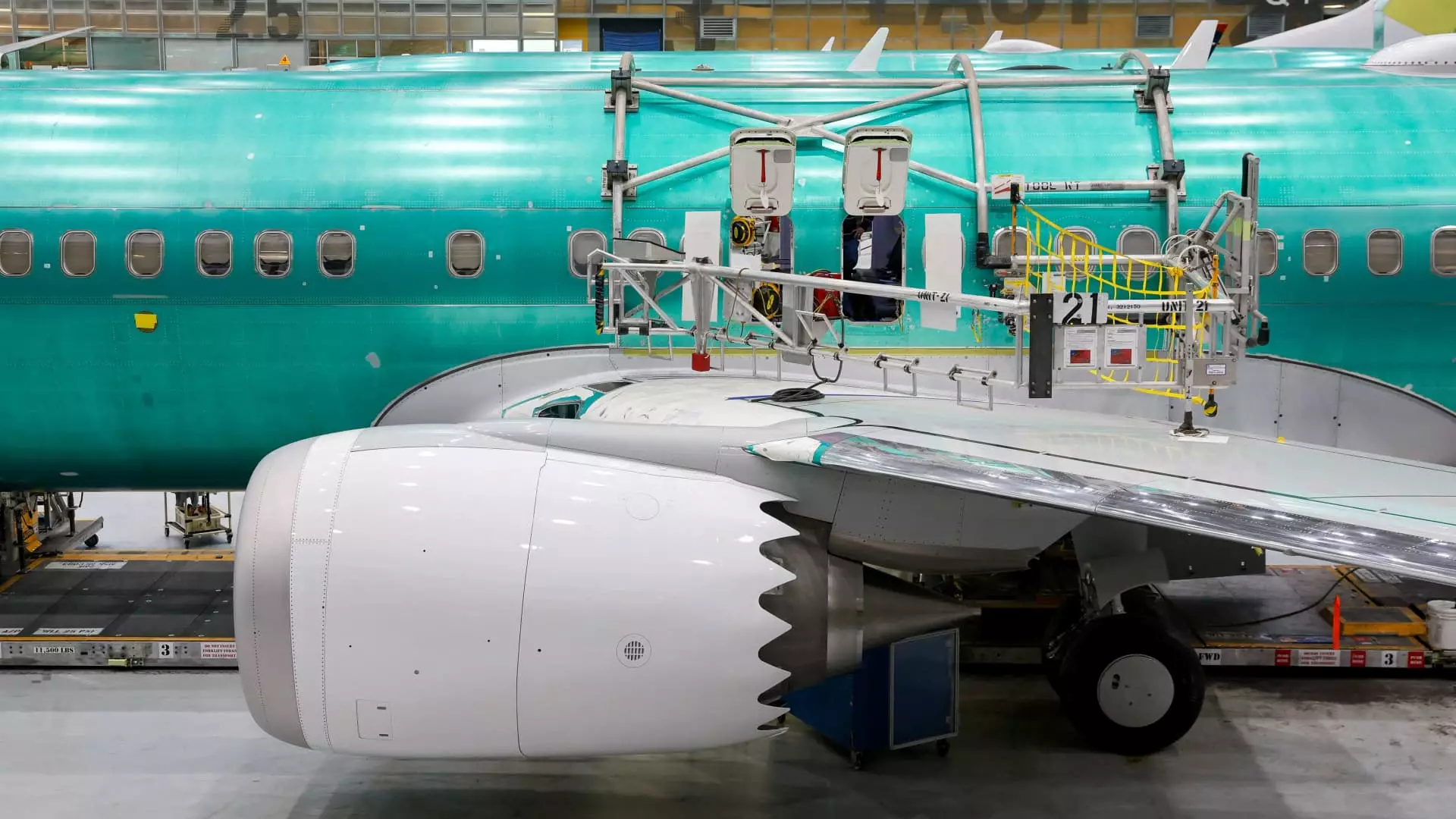Boeing, the aerospace giant that has long symbolized American manufacturing prowess, faces a steep uphill battle as it seeks to restore its tarnished reputation and operational stability. After a series of mishaps, notably the alarming incident involving an Alaska Airlines Boeing 737 Max 9 last year, the company has embarked on a transformative journey. This article delves deep into the challenges Boeing confronts, the strides it has made within the last year, and the cultural shift it must undergo to meet the growing demands for safety and quality in aviation.
It is no secret that Boeing has been grappling with significant setbacks since 2018, a year that witnessed two catastrophic crashes involving its 737 Max fleet, resulting in the tragic loss of 346 lives. The public scrutiny and regulatory pressures that followed have weighed heavily on the company. The situation escalated when a fuselage panel detached mid-flight, underscoring critical lapses in safety protocols. This incident not only shook public trust but also sent Boeing’s stock prices spiraling down over 30% in the past year—a stark contrast to the overall growth in the S&P 500 during the same period.
Amid this turmoil, the company has recognized the urgent necessity for a comprehensive reassessment of its operational procedures and line of communication. To combat the ongoing crisis, Boeing’s leadership has made decisive changes, including the appointment of a new chief executive, Kelly Ortberg, who brings three decades of aerospace experience. This shift in leadership signals a larger commitment to scrutinizing and enhancing production practices.
Boeing’s recent efforts to improve quality control are comprehensive and multilayered. One significant initiative involves rigorous training programs for factory workers, many of whom are relatively new to the company. Recognizing that a well-trained workforce is foundational to minimizing defects, Boeing has committed to fostering an environment where safety and quality take precedence over production speed.
In addition, the introduction of random quality audits indicates a proactive strategy to catch potential flaws in the manufacturing process before they manifest in the final product. Notably, Boeing has also initiated a buyback of components from Spirit AeroSystems, a supplier critical to the 737 Max’s fuselage. This move is part of a broader effort to streamline production and fortify quality assurance, addressing the core issues that have plagued its operations in recent years.
The shadows of regulatory oversight loom large over Boeing’s recovery efforts. The Federal Aviation Administration (FAA) has responded to repeated quality concerns by increasing its scrutiny, effectively capping Boeing’s production of the 737 Max jets. FAA chief Mike Whitaker’s recent statements emphasize the expectation of long-term, unwavering vigilance. His call for a cultural shift within Boeing stresses the urgency for a firm commitment to prioritizing safety over profit margins. This paradigm shift is necessary, particularly in an industry where the stakes concern human lives.
Boeing’s ambition to restore its standing in the aviation sector is further complicated by its computing financial losses. Since 2019, the company has endured losses exceeding $30 billion, illustrating the immense pressure to bounce back financially while simultaneously managing quality control challenges.
Another important aspect of Boeing’s restructuring is the resolution of labor disputes. A recent strike by machinists, prompted by demands for better wages and benefits, temporarily stunted production. However, with the ratification of a new four-year contract, which includes significant pay raises, Boeing can now focus on stabilizing its production lines. Ortberg’s remarks regarding a sustainable recovery suggest that the company is committed to enhancing core business capabilities instead of widespread expansion.
This calculated approach also reflects a growing realization that doing less might be the key to executing tasks more effectively. Despite the challenges, some industry leaders, including Southwest Airlines CEO Bob Jordan, express cautious optimism regarding Ortberg’s leadership. His ability to recognize the depth of the issues and push for substantive changes offers hope for a more promising future for Boeing.
Boeing stands at a crossroads. The road to recovery is fraught with challenges, but significant strides have already been made in reshaping corporate culture and operational practices. For Boeing to successfully navigate this turbulence, the commitment to safety and quality needs to resonate at every level of the organization.
As Boeing attempts to reclaim its status as a trusted name in aviation, it is essential to foster a culture that values rigorous standards and transparent communication. Stakeholders, from employees to the regulatory bodies overseeing the industry, must remain engaged to safeguard against future missteps. While the journey ahead remains demanding, it is these very challenges that can ultimately become catalysts for redefining Boeing’s legacy in a dynamic and ever-evolving industry.


Leave a Reply